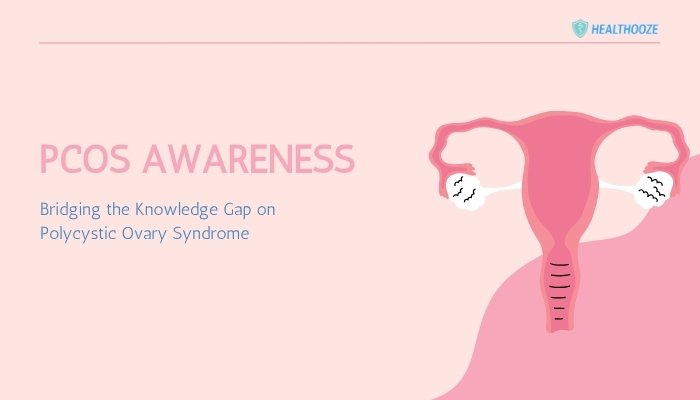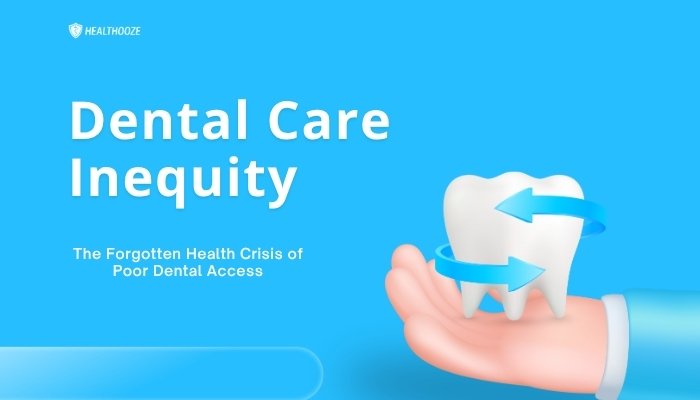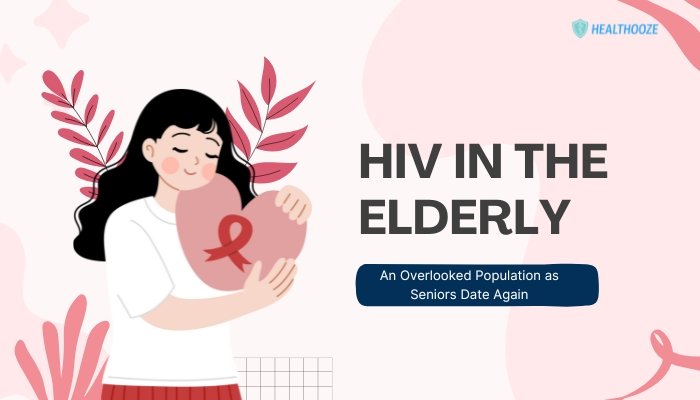Introduction
Healthcare isn’t immune to broader societal biases. Racial bias in medicine can manifest both consciously and unconsciously, influencing a range of clinical decisions—from prescribing pain medications to interpreting lab results.
Although strides have been made to reduce inequalities, racial disparities persist, causing tangible harm to patients of color. This article exposes how bias undermines patient trust and outcomes, illustrates specific scenarios where marginalized communities suffer the most, and highlights strategies to ensure equitable care for every individual.
How Racial Bias Manifests in Healthcare
Unequal Pain Management
Numerous studies show that Black, Latinx, and Indigenous patients often receive inadequate pain control compared to white patients—due to stereotypes that they have higher pain tolerance or are “drug-seeking.” This can lead to underprescribing necessary analgesics and leaving patients in preventable agony.
Diagnostic Oversights and Misinterpretations
Implicit assumptions that a disease is “less common” or “less severe” in certain ethnic groups can prompt delays in testing or specialized referrals. Cases range from ignoring chest pain in Black women to missing lupus signs in Hispanic or Asian patients.
Communication Barriers
Language differences or cultural norms often spark misunderstandings. Clinicians may inadvertently dismiss the complaints of non-English speaking families or fail to adapt their approach when dealing with distinct cultural medical beliefs.
The Impact of Bias on Health Outcomes
Chronic Disease Progression
Late diagnoses or suboptimal care escalate chronic diseases like hypertension, diabetes, or certain cancers in communities of color. Conditions progress unchecked—resulting in advanced complications and avoidable mortality.
Diminished Trust in Providers
Patients who sense racial prejudice in the exam room can lose faith in healthcare systems, skipping follow-ups or ignoring recommendations. This mistrust lengthens the gap between symptom onset and seeking help—further compounding disease severity.
Stress and Emotional Toll
When confronted by repeated bias, patients experience heightened stress, mental fatigue, and anxiety about potential discrimination during each healthcare encounter. This cumulative strain can worsen existing health issues or even prompt new psychosomatic symptoms.
Contributing Factors and Root Causes
Historical Mistrust
From unethical experiments (e.g., the Tuskegee Syphilis Study) to forced sterilizations, historical abuses shape generational mistrust in healthcare among certain communities, amplifying suspicion or fear of being mistreated.
Provider Training Gaps
Medical curricula often lack robust education on cultural competence, socioeconomics, and the intricacies of health disparities. This shortage fosters ignorance about how racism or structural inequality influences a patient’s well-being and resource access.
Underrepresentation in Leadership
Decision-makers in hospital administrations, academia, and research remain predominantly white. Consequently, policies or research agendas might not prioritize minority-specific concerns, perpetuating the cycle of unequal attention and solutions.
Strategies for Change
Education and Implicit Bias Training
Instituting mandatory sessions on cultural humility and unconscious bias can help clinicians reevaluate assumptions. Encouraging reflection on stereotypes fosters empathy, spurring providers to treat each patient’s complaints seriously—regardless of race.
Accountability and Data Transparency
Healthcare institutions that systematically collect and analyze patient outcome data by race can pinpoint disparities. Publishing these findings fosters accountability and galvanizes improvements. Metrics might include readmission rates, prescribing patterns, or wait times by demographic.
Inclusive Research and Policy
- Diversified Clinical Trials: Proactive recruitment ensures drugs are tested and proven effective across multiple ethnic populations.
- Community Engagement: Partnering with local leaders or nonprofits helps tailor health interventions to reflect cultural perspectives—boosting trust and participation.
- Structural Reforms: States or countries can adopt legislation that penalizes racial discrimination in healthcare, requiring cultural competence standards for facilities.
Practical Steps for Patients and Providers
For Healthcare Professionals
- Active Listening: Refraining from assumptions; encouraging patients to detail their symptoms without interruption.
- Culturally Appropriate Care: Engaging medical interpreters or bilingual staff to reduce language gaps.
- Reflective Practice: Periodically reviewing personal biases, case outcomes, or patient feedback to self-correct if disparities emerge.
For Patients
- Self-Advocacy: Seeking second opinions if care seems dismissive; bringing an advocate or friend to appointments.
- Documentation: Keeping records of symptoms, tests, or prescriptions can help identify unexplained differences in treatment.
- Community Resources: Reaching out to local health equity organizations if suspecting discriminatory behavior.
Conclusion
Racial bias in medicine is neither new nor easily fixed, but acknowledging its presence is a vital first step toward meaningful reform. The consequences of prejudice—inadvertent or overt—on patients’ health can be life-altering, leaving minorities burdened by inadequate pain relief, unaddressed diagnoses, and emotional distress. Through improved medical education, robust institutional accountability, inclusive research, and patient empowerment, healthcare can move beyond bias. Ensuring every patient is treated with respect and thoroughness, irrespective of race, ultimately promotes healthier societies where disparities wane and trust in medical services grows.
References
- Smedley BD, Stith AY, Nelson AR. Unequal Treatment: Confronting Racial and Ethnic Disparities in Healthcare. National Academies Press.
- Williams DR, Wyatt R. Racial bias in health care and health. JAMA. 2015.
- Cooper LA, Ortega AN, Ammerman AS, et al. Reducing racial and ethnic disparities in health care. Int J Equity Health. 2022.







